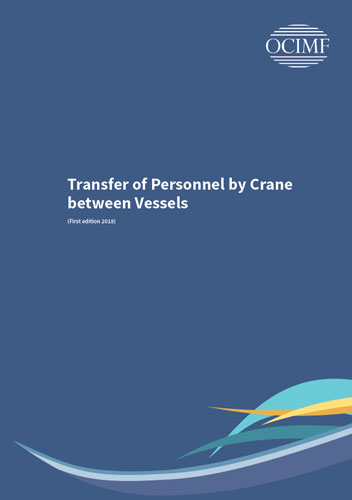Сб с 10 до 16
Transfer of Personnel by Crane between Vessels/Перемещение краном между судами
Книга на английском языке
This information paper is intended to help vessel operators and owners, Masters, officers, Marine Superintendents and Mooring Masters evaluate the risks associated with the transfer of personnel by a vessel’s onboard crane. The paper contains recommendations on equipment and good operating practices that will enhance the overall safety of personnel transfer operations. It is not a set of rules and if more stringent international, national or local regulations apply they must always take precedence.The use of an onboard crane for the transfer of personnel has inherent risks. This paper highlights those risks and provides guidance that should be used in the risk assessment process to determine the method of transfer. Cranes can be used to transfer personnel between two vessels of similar size, e.g. Ship to Ship (STS) transfers, but also between vessels of different sizes, e.g. between a large tanker and a smaller vessel. Crane transfers are typically completed using a Personnel Transfer Basket (PTB). In this paper, the term PTB is used to describe the piece of equipment in which personnel are transferred and includes collapsible basket and rigid capsule types.
Contents
Glossary
Abbreviations
Bibliography
1 Introduction 1
2 Hazard identification and risk assessment
3 Equipment
3.1 Crane
3.2 Personnel Transfer Basket
4 Maintenance, inspection and testing of equipment
4.1 Documentation
4.2 Inspection
4.3 Testing
5 Training
5.1 Key personnel
5.2 Assisting crew
5.3 Personnel being transferred
6 Company policies and procedures
6.1 Policies
6.2 Personnel transfer by crane plan
7 Procedures
7.1 Roles and responsibilities
7.2 Personnel transfer by crane plan
7.3 Advance preparations
7.4 Immediate preparations
7.5 Personnel transfer operations
8 Contingency and emergency planning
Appendix A Personnel transfer hazards table
Appendix B Personnel transfer by crane plan
Appendix C Competence assurance guidelines for crew involved in personnel transfers by crane




